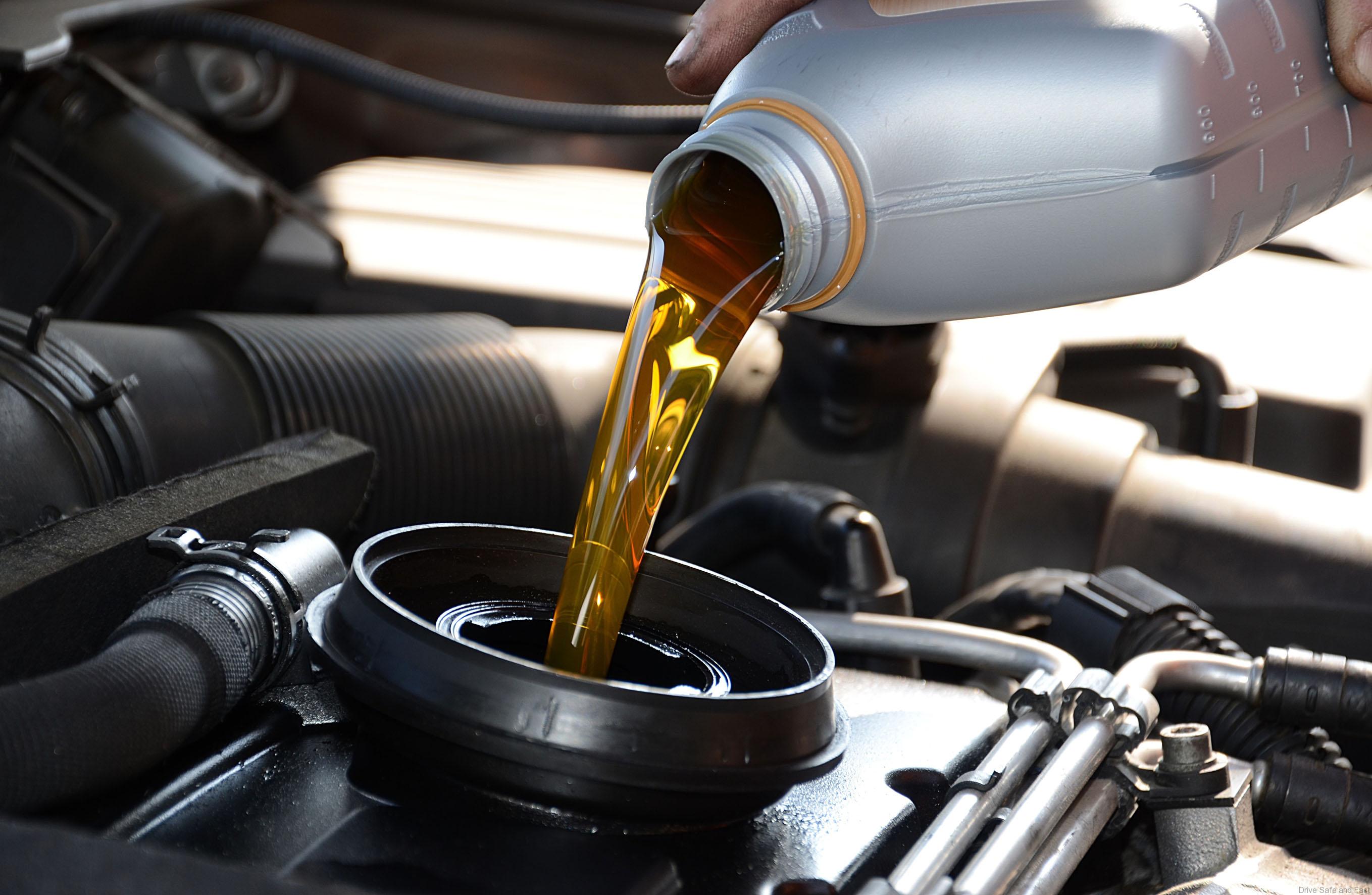
You have seen it on your engine oil bottle and you have heard mechanics and car nuts speak of it……but do you know what viscosity means and its importance to your car? Engineers work to establish an optimal viscosity for an oil, based on load and speed conditions. They balance lighter…..or low-viscosity oil, which provides little resistance to motion thereby saving fuel and efficiently transferring horsepower, with a heavier or high-viscosity oil that resists being squeezed out of the contact area between metal surfaces.
The complicating factor is that the viscosity of an oil varies with changes in temperature thinner when hot, thicker when cold. At low temperatures, we need the motor oil to flow readily (not thicken too much or gel). At high temperatures, we need the motor oil to keep from becoming too thin and allowing metal-to-metal contact. Therefore, engineers developed multigrade motor oils.
Viscosity is a measure of a fluid’s resistance to flow. A fluid with low viscosity flows easily and is often called “thin.” Water is an example of a fluid with a relatively low viscosity. A fluid with high viscosity is often described as “thick.” Honey is an example of a fluid with a relatively high viscosity.



